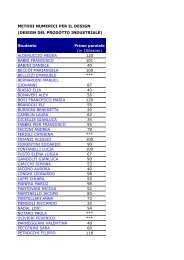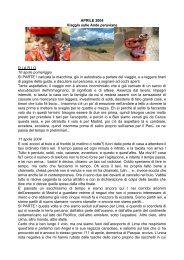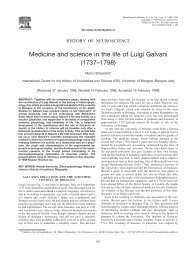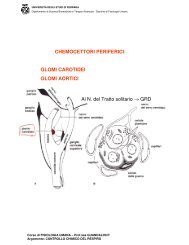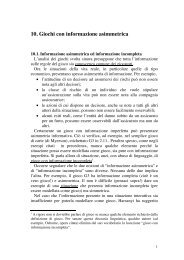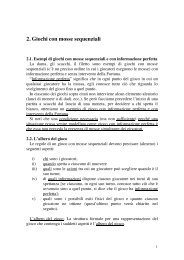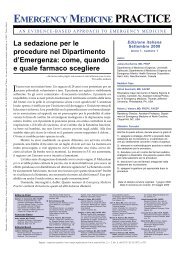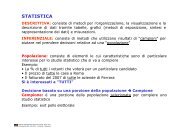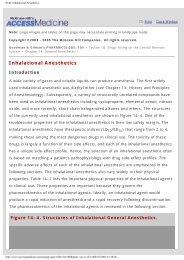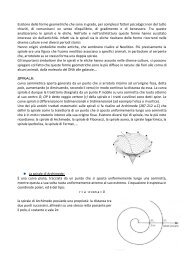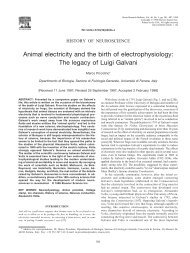Implicit-Explicit Runge-Kutta schemes for hyperbolic systems ... - utenti
Implicit-Explicit Runge-Kutta schemes for hyperbolic systems ... - utenti
Implicit-Explicit Runge-Kutta schemes for hyperbolic systems ... - utenti
You also want an ePaper? Increase the reach of your titles
YUMPU automatically turns print PDFs into web optimized ePapers that Google loves.
Order conditions<br />
Assume<br />
˜ci = �<br />
j ãi,j, ci = � �<br />
j<br />
ai,j,<br />
i ˜wi = 1, �<br />
i wi = 1.<br />
then the analysis can be limited to autonomous <strong>systems</strong> and the first order conditions<br />
are automatically satisfied.<br />
Second order:<br />
�<br />
i ˜wi˜ci = 1/2, �<br />
i wici = 1/2, �<br />
i ˜wici = 1/2, �<br />
i wi˜ci = 1/2,<br />
Third order:<br />
�<br />
ij ˜wiãij˜cj = 1/6, �<br />
i ˜wi˜ci˜ci = 1/3, �<br />
ij wiaijcj = 1/6, �<br />
i wicici = 1/3,<br />
Mixed conditions:<br />
�<br />
ij ˜wiãijcj = 1/6, �<br />
ij ˜wiaij˜cj = 1/6, �<br />
ij ˜wiaijcj = 1/6,<br />
�<br />
ij wiãijcj = 1/6, �<br />
ij wiaij˜cj = 1/6, �<br />
ij wiãij˜cj = 1/6,<br />
�<br />
i ˜wicici = 1/3, �<br />
i ˜wi˜cici = 1/3,<br />
�<br />
i wi˜ci˜ci = 1/3, �<br />
i wi˜cici = 1/3.<br />
Remark If wi = ˜wi and ci = ˜ci, then mixed conditions are automatically satisfied. This is<br />
not true <strong>for</strong> higher that third order accuracy<br />
8



